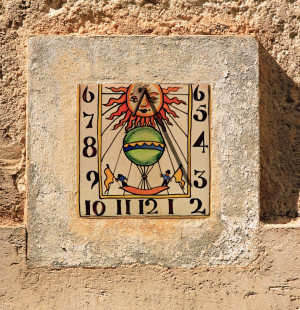The Amalfi Coast & Villages - Example
7 Nights
Food & Drink
Historically, the region’s cuisine has been influenced by the Phoenicians, Greeks and the Moors. Crusaders introduced citrus trees to the region on their return from the Holy Land, whilst more recently Spanish and French influences have influenced the local cuisine.
The Romans appreciated this region so much they called it the ‘Fortunate Land’ – ‘Campania Felix’ due to its rich volcanic soil and ideal growing climate, which means that for some produce it is possible to harvest four times each year! Zucchini, olives, aubergines, capsicum, salad greens, fresh herbs, peaches, apricots, cherries, oranges, walnuts, hazelnuts and almonds grow in abundance, and above all this region is celebrated for its wonderful world class tomatoes and its unique lemons.
Historically, there has always been a strong element of ‘getting by’ in Campanian cuisine – this is a poor region at heart, which relies on a relatively small core of ingredients. They were the first to use tomatoes in cooking, debunking the myth that they were poisonous.
Largely Neapolitan, the cuisine of the region incorporates fresh, delicious local produce simply prepared in order to retain their freshness and flavour.
Traditionally, bread would have been made just once a week and so was unsalted to help its keeping qualities. Pizza, pasta, mozzarella cheese (made from local buffalo milk) and freshly caught seafood are also staples. You will also find that many of your meals will be prepared with the excellent local olive oils. The region can lay claim to two of Italy’s main international culinary exports - pizza was invented in Naples and it is never better than when cooked in its home territory in a wood fired oven – forno a legna - variations on the theme include pizza fritta (fried pizza); calzone (literally trouser leg) which is pizza fritta stuffed with ricotta cheese; pizza marinara – seaman-style with just olive oil, tomato sauce, mozzarella and basil leaves. Spaghetti too hails from Campania and the south, and a delicious regional speciality combines it with clams – spaghettini alle vongole.
Meat is infrequently served, with lamb (agnello) the most common - usually grilled. Various cured meats are eaten including prosciutto crudo – cured ham, and Salame Napoletano, a rather tough but spicy and salty variety of salami.
Menus often feature fresh, meaty tuna steaks or swordfish (pesce spada), while frutti di mare may also have mussels (cozze), oysters (ostriche), prawns (gamberetti), squid, cuttlefish and octopus (polpi). Insalata di mare - seafood salad and fresh seafood soups (zuppa) are also popular. So-called Russian salad (insalata russa) is, despite its name, an Italian Campanian dish, which contains vegetables and tuna or seafood. Other regional seafood dishes frittelle di mare – fritters made with edible seaweed; triglie al cartoccio red mullet ‘en papillote’ and alici marinate – fresh anchovies in olive oil. The nearby island of Ischia is also famous for fish as well as rabbit dishes.
The Campania region also lays claim to the delicious vegetable dish Parmigiana di melanzane, although this is fiercely contested by Sicilians! This is a wonderful dish of layered aubergine, mozzarella, tomato and basil, baked long and slow in the oven.
Campania is also a big producer of nuts - chestnuts, hazelnuts, walnuts and almonds – producing 50% of Italy’s output, concentrated around Salerno and Benevento, and whilst Neapolitan cuisine relies heavily on seafood, around Caserta and Aversa fresh vegetables and cheese dominate, with a mixture of both on the Sorrento peninsula.
Rapini or broccoli rabé is a green leafy vegetable often used in Campanian cooking, known locally as friarielli.
The cheeses of Campania consist of mozzarella di bufala – made from buffalo milk, fiordilatte (flower of milk) – a mozzarella made from cow’s milk, ricotta from sheep or buffalo milk, provolone a hard cheese made from cow’s milk and caciotta from goat’s milk. Try mozzarella in carrozza – sandwiched between bread and fried. Another southern Italian cheese from the Basilicata (the ‘instep’ of Italy) is scamorza.
The desserts, too, are delicious, and include some mouth-watering semi-freddo (semi-frozen) gateaux. Sfogliatelle, meaning many leaves or layers, are shell-shaped pastries, which are a Sorrento speciality. Often filled with ricotta flavoured with orange, or sometimes almond paste or candied lemon peel the fabulously layered puff pastry makes them resemble leaves stacked upon one another. Pastiera cake is a Neapolitan tart made with ricotta cheese, eggs, candied fruit and spices, traditionally eaten at Easter. Many desserts, such as Struffoli puffs contain honey and citrus, or nuts and spices as a result of the Moorish influence. Babà cake is a delicacy of Naples and is best served with rum or limoncello, a liqueur invented in the Sorrento peninsula.
After your meal, if you ask for a coffee you will be served with an espresso – Italians think it rather odd to drink a cappuccino in the evenings, although of course it is fine to ask for one. You could try your coffee corretto (‘corrected’) as many Italians do – this means that there is a dash of spirits or liqueur in it.
Breakfasts in Italy can prove something of a non event, as traditionally Italians tend to have a second breakfast later in the morning. It also tends to be a rather sweet affair, with cake served as often as bread.
The not so humble tomato
Tomatoes are essential to Neapolitan cuisine and this region is the main Italian producer. The San Marzano tomato - grown locally since 1770 when the seeds were given as a present to the Kingdom of Naples by the Kingdom of Peru - is considered to be the best in the world for tomato sauce. Such high prices are paid for this prized fruit, there have been cases of false labelling of tins of fake San Marzanos!
Lemons and Limoncello
We are all familiar with the quality of Sicilian lemons, but not so well known is that the Amalfi Coast and Sorrento Peninsula also produce some of the finest lemons in Italy. Evidence of lemon cultivation has been found which dates to the C1st on the Sorrento Peninsula, and as early as the C11th around Amalfi.
Amalfi lemons are unique – and in recognition of this they have been given ‘protected geographic status’ by the EU. They can grow to be as large as grapefruit, are particularly fragrant, juicy and sweet, with very few pips. The ‘Sfusato Amalfitano’ is famous for its elongated spindle shape. They are harvested from February through to September and their skins are the key ingredient in many pastries and are also used in Limoncello – the delicious, very sweet local lemon liqueur which originated in this region, in Sorrento. If you have a sweet tooth you may wish to sample it.
Sorrento lemons have an excellent flavour, are elliptical in shape, have a particularly aromatic skin and are extra juicy. They are harvested later, between May and October. Strict rules govern the conditions in which they are grown, limiting the number of trees per acre to 344 to maintain the quality of the produce.
Wine
It was the Greeks who originally brought wine to Campania, which has an excellent climate for viticulture, resulting in some good quality red and white wines being produced in the Bay of Naples and along the Amalfi Coast.
Taurasi – a dry, aromatic red, best when aged, from Avellino is considered one of best Italian reds. For a white to accompany fresh seafood we recommend Greco di Tufo or Fiano d’Avellino – grown on volcanic soil, the latter is a ‘minerally’ wine with a bright acidity typical of Italian wines. Vineyards on the slopes of Vesuvius produce the celebrated Lachryma Christi ‘Tears of Christ’ – based on the myth that Christ cried over the fall of Lucifer from heaven – his tears falling on the slopes of Vesuvius giving divine inspiration to the vines that grew there. It must be served very cold.
Other good wines include Aglianico del Taburno a full bodied red; and Costa d’Amalfi Furore considered some of the best local red and white wines.
Several spirits are produced locally in addition to citrus-based limoncello. Nucillo e Curti is a walnut-infused liqueur made in the Vesuvius area and prized as a digestivo. Benevento also has its own digestif, Strega, which owes its yellow colour to saffron and contains amongst other ingredients mint and fennel. It is commonly used to flavour desserts.

Emergency Contacts
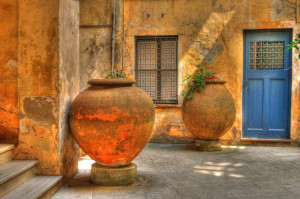
Accommodation Contacts
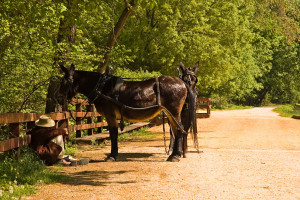
Taxis

Travel Info
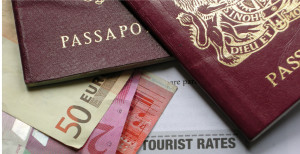
Practicalities

About Your Holiday

Walk Safely

Walking Grades

How to use our walking notes

GPS Navigation
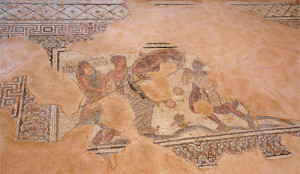
The Amalfi Coast – A short history
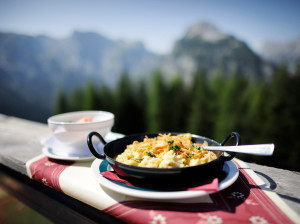
Food & Drink
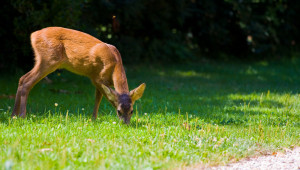
Flora & Fauna
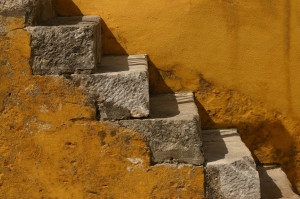
Local Landscape & Architecture
